Ironically, the quietest, most reserved, members of our crew have been dubbed, the "Iceberg Cowboys" by everyone else. This journal entry will introduce you to Phaedra Tinder and Hector Zamora. You will learn a little about them and their projects, as well as the science they are doing that has earned them the moniker, the "Iceberg Cowboys".
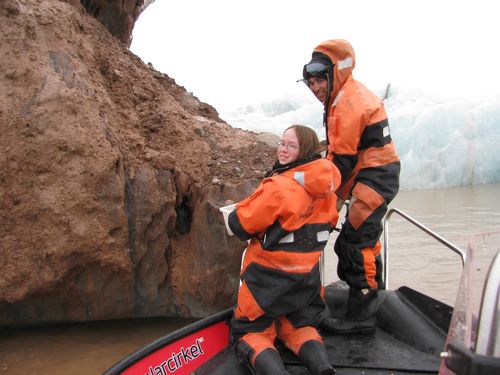
Phaedra Tinder calls Vero Beach, Florida her home town. But as a student majoring in GeologyThe science that deals with the dynamics and physical history of the earth, the rocks of which it is composed, and the physical, chemical, and biological changes that the earth has undergone or is undergoing., she heads a bit north to the Philadelphia, PA area where she attends Bryn Mawr College.
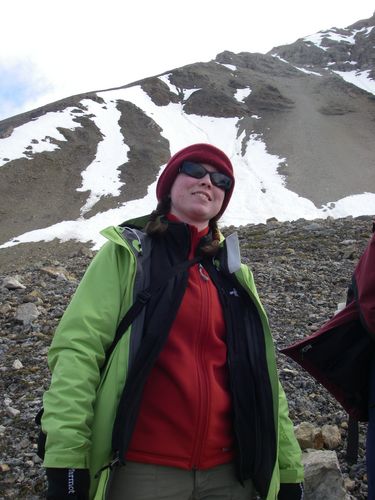
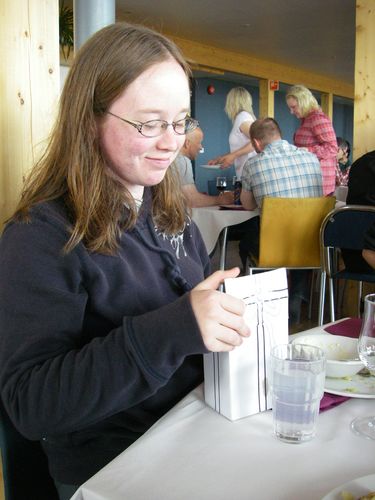
Why is she interested in becoming a Geoscientist*? Phaedra says, "I like studying and learning about the processes that make up and shape the systems of the Earth and seeing how they interact and influence each other in important yet unexpected ways. I have been interested in science for a long time, and geology uses aspects of all the sciences in its study, which I found appealing. I am also interested in doing work that can give people greater insight into environmental problems, and geology is a great field to do this in."
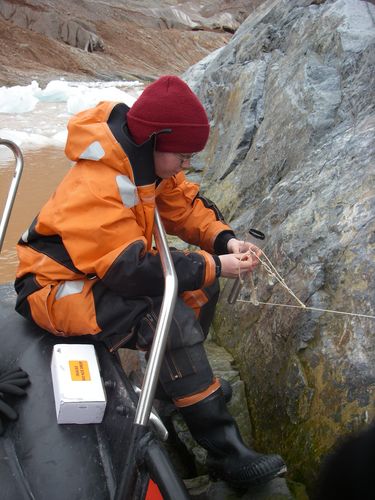
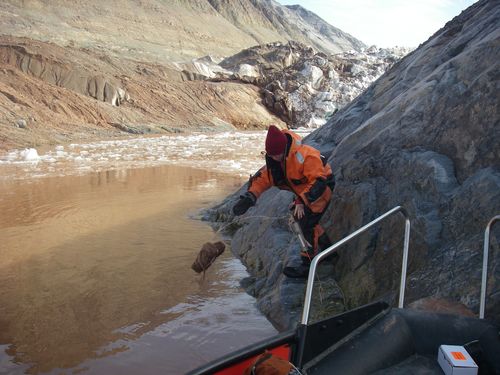
Phaedra says that she learned of the Svalbard REU program while searching for research opportunities in her sophomore year. The Svalbard REU program "was linked through the NSF website."
According to Phaedra, "This REU deals with the over-arching fields that interest me, generally, in geology: examining interacting systems and climate change."
"Polar geoscience* wasn't a necessary component of my choice of the REU, but this particular program deals with issues that interest me. And, it happens to take place in the Arctic, which is interesting to study because of its more rapid climate change effects and its very different nature, in some ways, to regions I am used to."
So what is her focus in our "High Arctic Change" expedition?
"Iceberg and IBRD Debris Flux into the FjordA deep U-shaped valley formed by glacial erosion, which is filled with seawater as the glacier retreats."
"I am studying how the icebergs enter the fjord from the Kronebreen glacier. The central questions are:
Can we detect large calving events using the tidal pressure gauge?
Does the number of these events appear related to environmental variables such as weather, tides, depth, salinity, and temperature near the ice face?
How much sediment is being carried into the fjord via ice bergs, and how has this changed since 2005?"
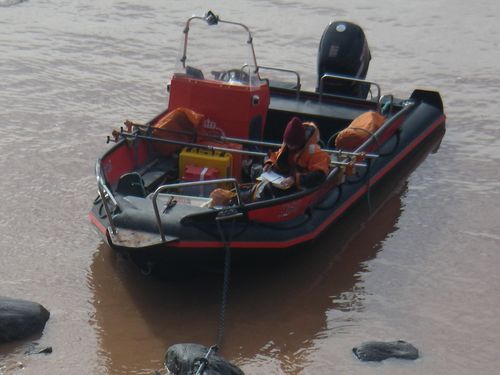
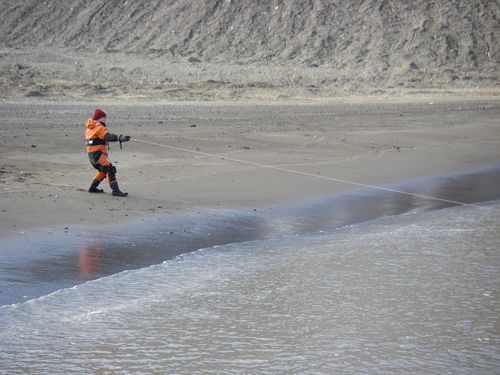
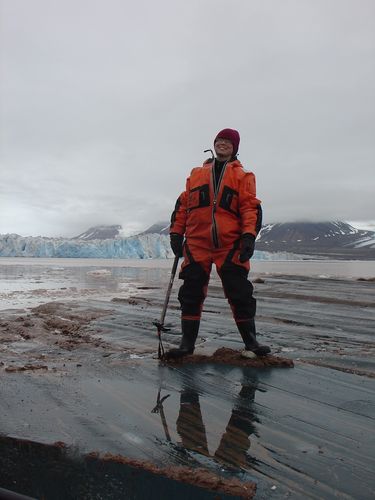
Hector Zamora actually does comes from "cowboy country", . . . Texas.
Hector lives in El Paso, Texas where he is a Geological Sciences major at UTEP.
Hector has "always been interested in the processes that have taken place in our planet, how they have shaped it in the past and how they continue to do so in the present." This is why he wanted to study GeoscienceStudy of the Earth.*. "Besides," he says, "I have always loved nature and the opportunities to meet new people and see new places." He is certainly doing that here in Svalbard.

Coming from a warm place like El Paso, Texas you might wonder why Hector wanted to study POLAR GeoscienceStudy of the Earth.*.
"The arctic is a beautiful place. The polar climate is completely different from the place where I live. Since I was a kid, I always wanted to explore and study in this part of the world. And it is important as well, because changes in global climate are greatly reflected in the polar regions."
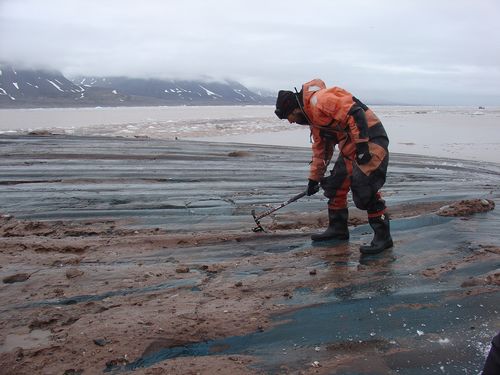
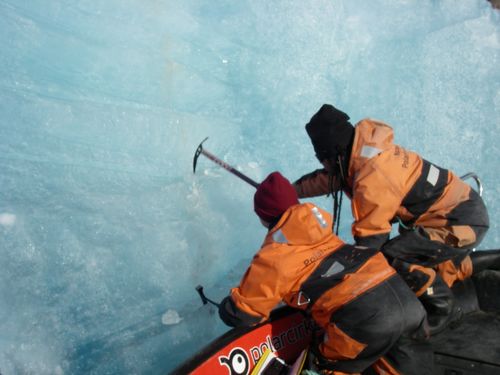
Hector's "High Arctic Change" project focus is . . .
"Sediment Provenance and Dispersal"
His emphsis is sediment mineralogy and geochemistry. He has been collecting rock samples along the glacier margins as well as till samples from recently calved ice bergs. By doing this he can get a more accurate source of the sediment from the glacier. He is determining bedrock sources of glacial sediment and the relative contributions of those rock types to the glacial fjord sediments. Then, by collaborating with other students and their data, he will look at the mixing of the various bedrock sources by the subglacial stream flows into the fjord. This data will be used to compare the two main subglacial stream sources in the Kronebreen/Kongsvegen glacier front, the delta plume area to the south vs. the subglacial upwelling plume to the north.
Basically, he is interested in which portions of the ice front are contributing to the fjord sediment in front of the glacier.
Though this UTEP "Miner" finds the temperature in the arctic a bit chilly, he's happy his advisor recommended this REU program to him. He's been doing some great science. Plus, he's "cowboyed" a few ice bergs. Not too many folks from El Paso can say they've done that.
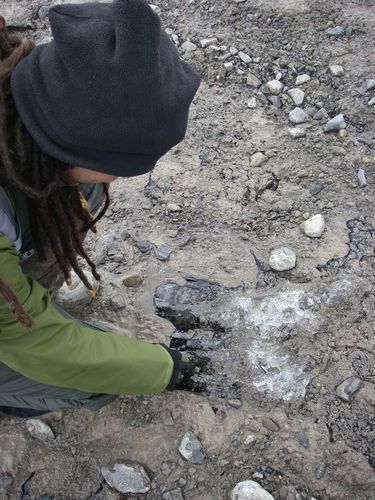
- see Project Vocabulary under Overview tab
Future journal coming up: "The Bag Lady of Kongsfjord" OR "It sure is dark in here. You'll tell me if we're going to run into the glacier, won't you?"


Comments